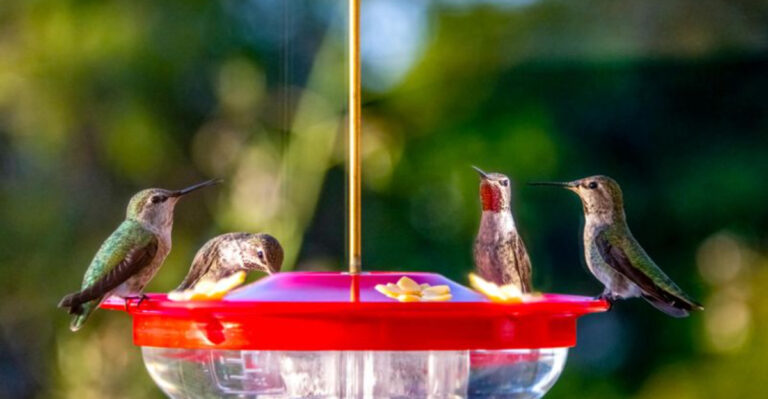12 Stunning Animal Colors That Will Take Your Breath Away
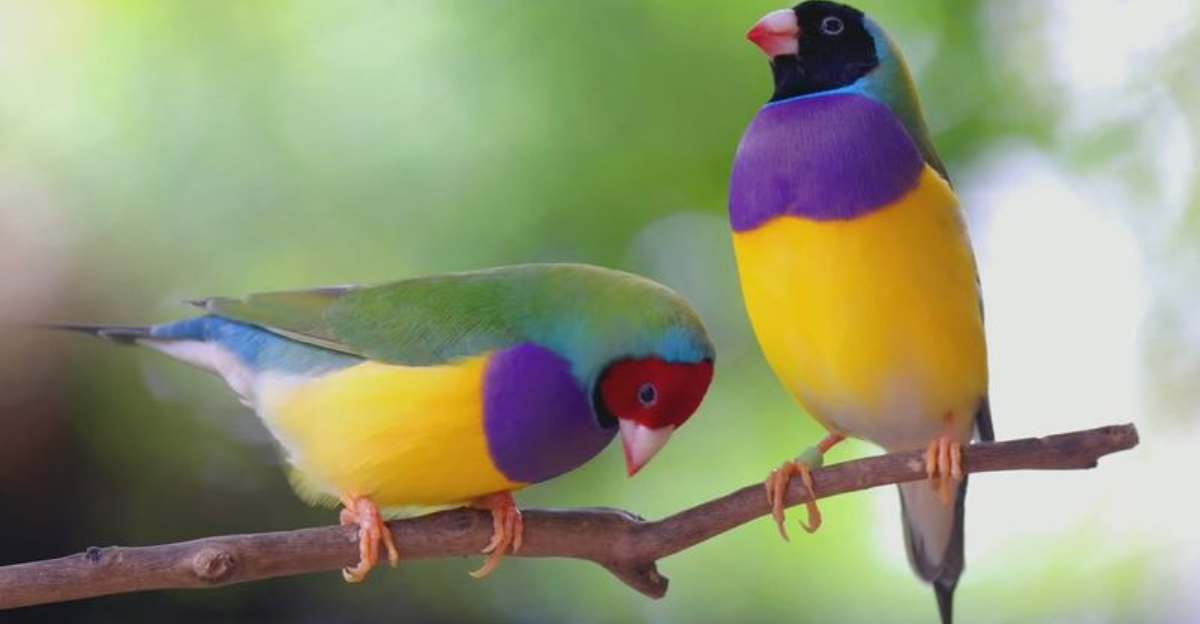
The animal kingdom is a vibrant gallery of colors that often leave us in awe. From the depths of the oceans to the dense jungles, animals use colors for various reasons, be it camouflage, mating, or warning predators.
1. Peacock
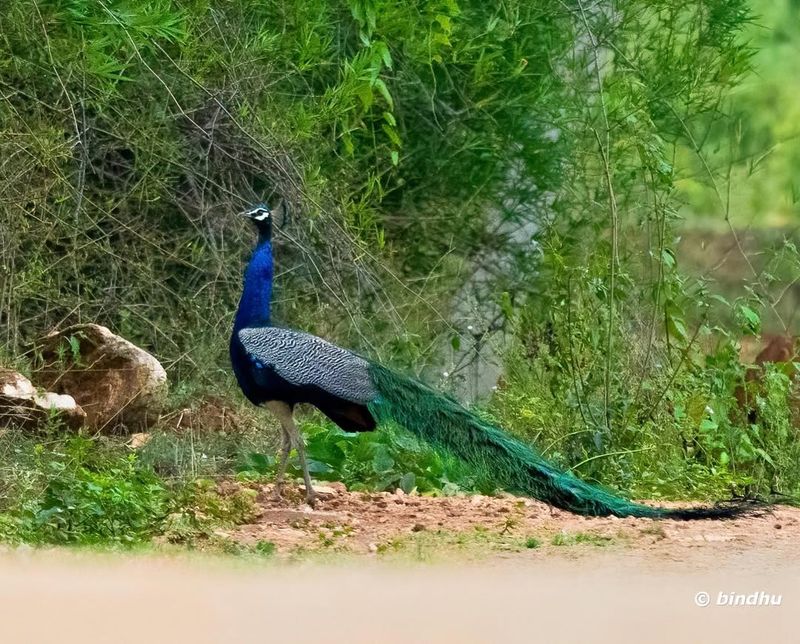
The peacock, an emblem of beauty, is renowned for its iridescent tail feathers. These feathers boast a dazzling array of blues and greens. Each feather’s microscopic structure refracts light, creating a shimmering effect. This display is not just for admiration; it plays a crucial role in attracting mates.
The male peacock, or peafowl, fans out its tail in an extravagant courtship dance. The eyespots on the feathers add to its allure, each appearing as a vivid eye gazing back. Interestingly, peahens look for symmetry and vibrancy in these feathers.
2. Mandarin Fish
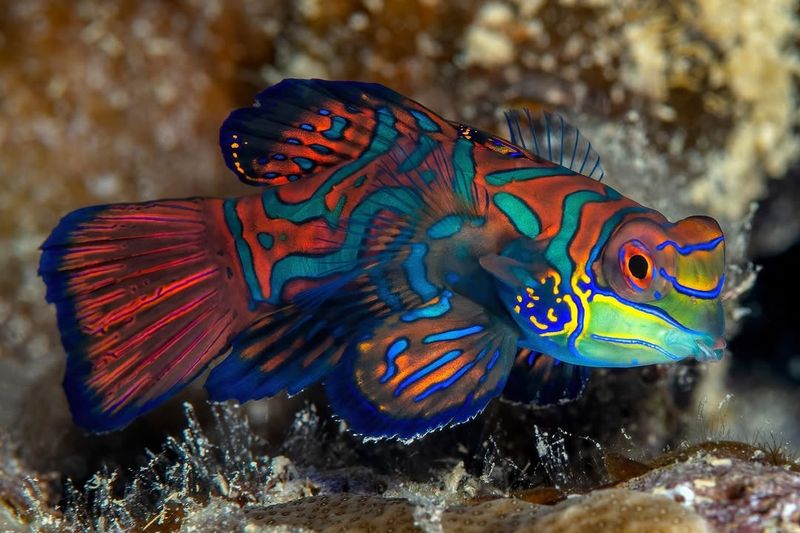
The Mandarin fish is a small, exotic creature found in the Pacific’s coral reefs. Its vivid coloration of blue, orange, and green makes it a living jewel of the sea. These colors are not from pigments but are due to cellular structures reflecting light.
Mandarin fish are known for their shy nature, often hiding within the reefs. Their vibrant colors, however, serve as a warning to predators about their toxicity.
3. Scarlet Macaw
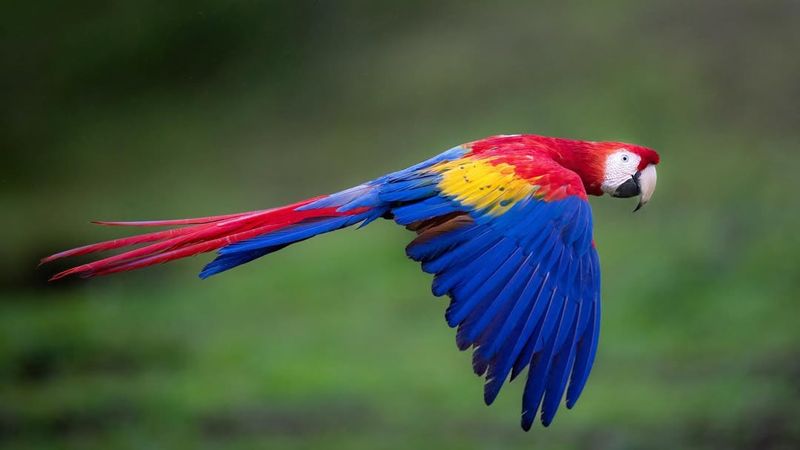
The Scarlet Macaw, native to Central and South American rainforests, is a spectacle of colors. Its feathers showcase a striking blend of red, blue, and yellow, making it one of nature’s most colorful birds.
These macaws are highly social, often seen in pairs or flocks. Their bright colors help them identify each other and are crucial during mating rituals.
4. Poison Dart Frog
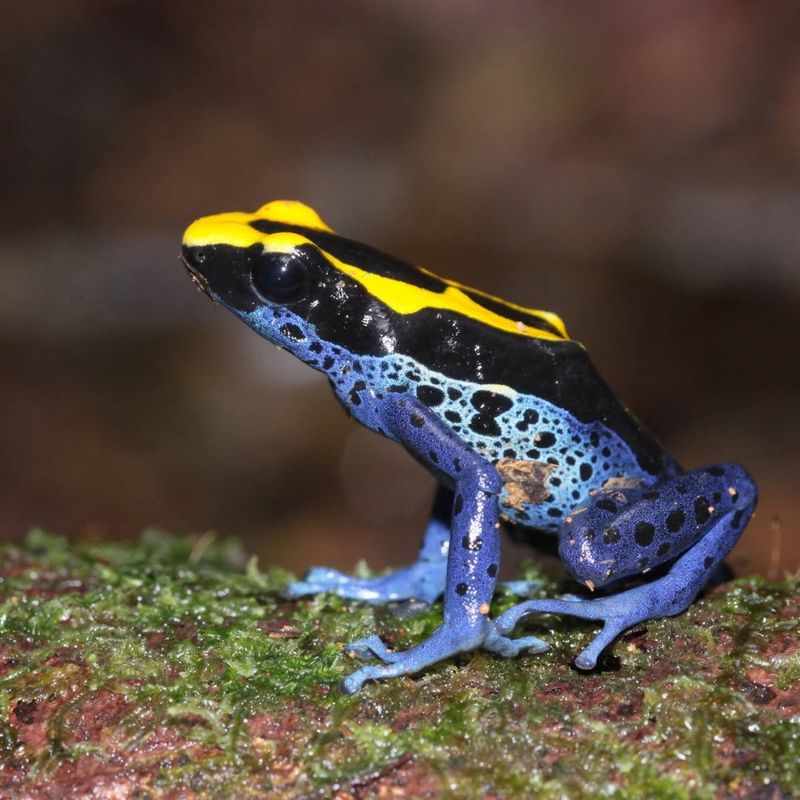
Poison Dart Frogs, residing in Central and South America, are tiny but mighty. Their bright colors, ranging from blue to orange, are a stark warning to predators of their toxicity.
These frogs have developed this coloring as an evolutionary defense. The toxins present in their skin deter even the most daring of predators from making a meal out of them.
5. Flamingo
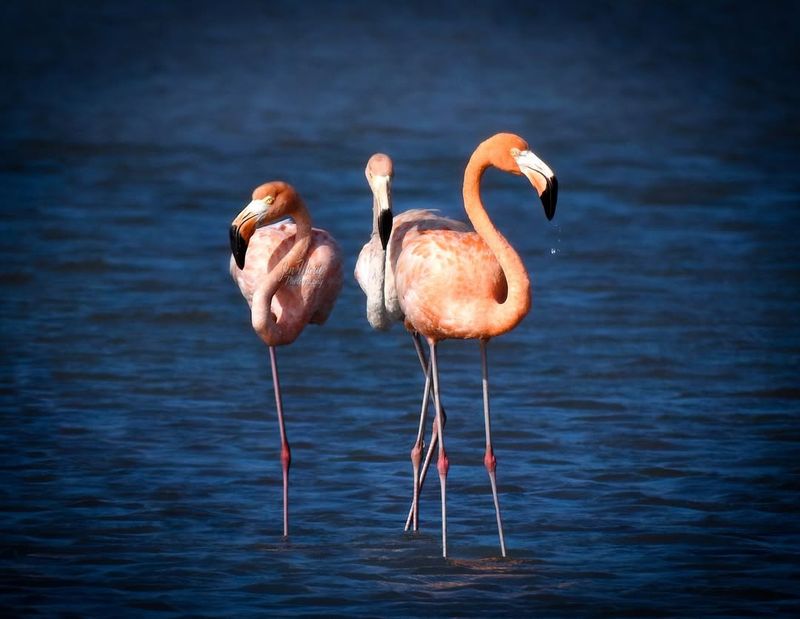
Flamingos are iconic for their striking pink and orange hues. These colors arise from carotenoid pigments in their diet, primarily sourced from shrimp and algae.
These birds often congregate in large colonies, wading through shallow waters. Their coloration not only attracts mates but also signifies health and vitality. The pinker the flamingo, the healthier it is perceived to be.
6. Chameleon
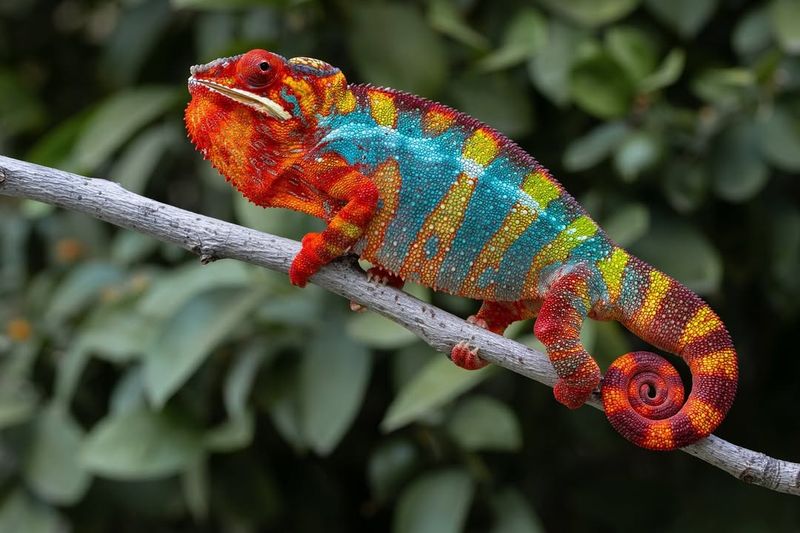
Chameleons are nature’s masters of disguise, famous for their color-changing abilities. This adaptation is not just for camouflage but also for communication and temperature regulation.
Their skin contains special cells that can expand or contract, altering the light wavelengths reflected off their surface. This creates a mesmerizing array of colors, from vibrant greens to deep browns.
7. Blue Jay
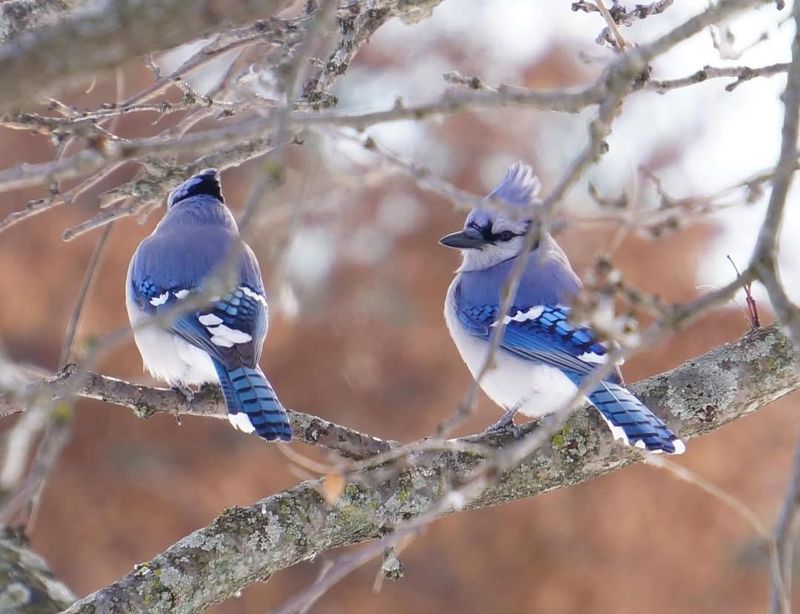
Blue Jays are known for their brilliant blue and white plumage. This striking color is a result of light refraction within the structures of their feathers, rather than pigmentation.
These birds are highly intelligent and social, often seen in noisy flocks. Their vibrant coloration plays a role in communication and mate selection.
8. Red-Eyed Tree Frog
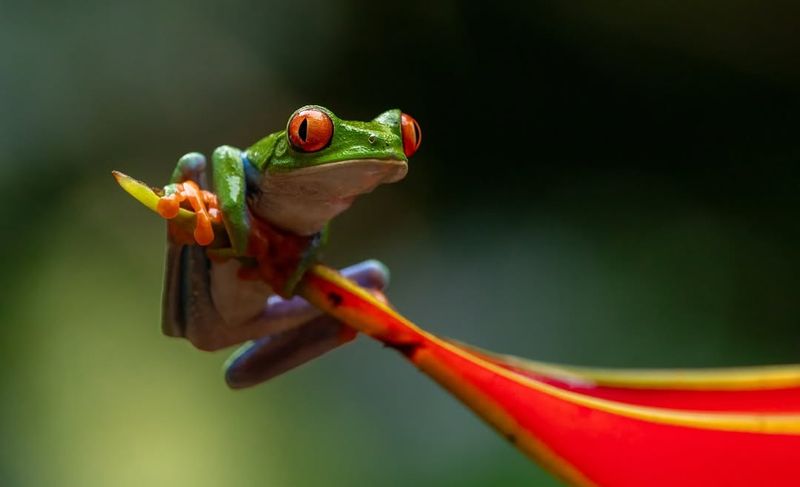
The Red-Eyed Tree Frog is an iconic inhabitant of Central America’s rainforests. Its vivid green body and striking red eyes serve as a defense mechanism against predators.
During the day, they remain motionless, blending with leaves, but at night, their eyes open wide, startling potential threats. This sudden display gives them a chance to escape.
9. Cuttlefish
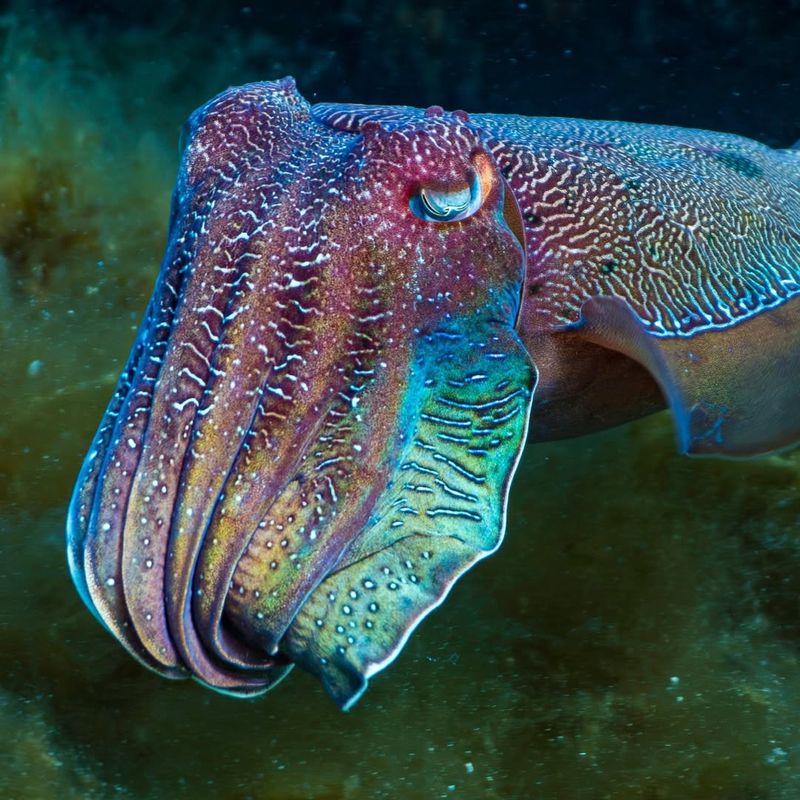
Cuttlefish, ocean chameleons, are renowned for their dynamic color-changing abilities. Their skin contains chromatophores, which can rapidly alter colors and patterns.
This ability serves various purposes, from communication and camouflage to hunting. The cuttlefish can hypnotize prey with flashing colors before striking.
10. Lionfish
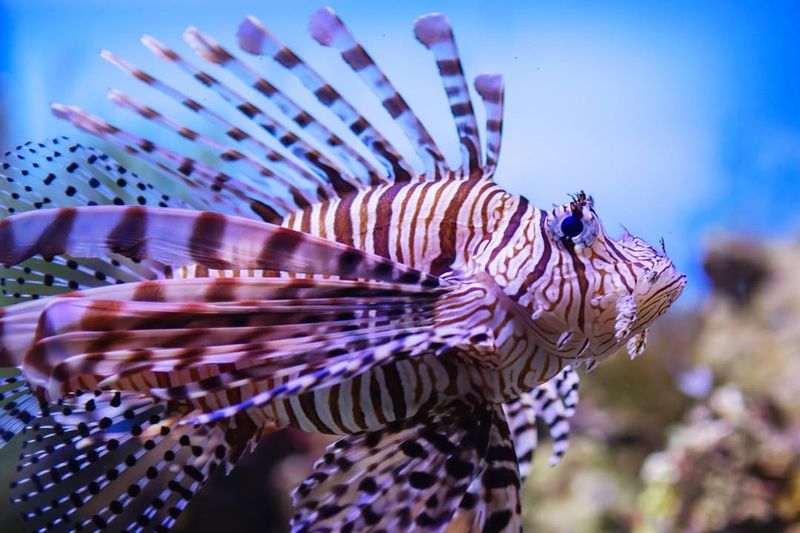
The Lionfish is a striking marine predator, known for its bold red and white stripes. These colors, combined with venomous spines, serve as a warning to would-be predators.
Their beauty belies a predatory nature, as they hunt small fish and crustaceans with precision. These invasive species have spread beyond their native Indo-Pacific waters.
11. Gouldian Finch
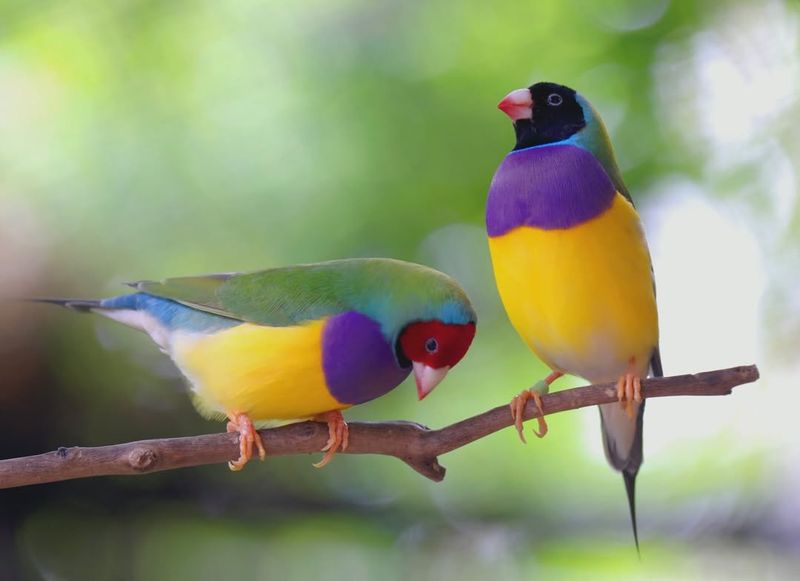
The Gouldian Finch, native to Australia, is a small bird with spectacular colors. Its plumage resembles a painter’s palette, with shades of purple, green, yellow, and red.
These colors play a critical role in mate selection, where brighter individuals are often more successful. Their social nature sees them flocking in groups, their colors creating a moving rainbow.
12. Octopus
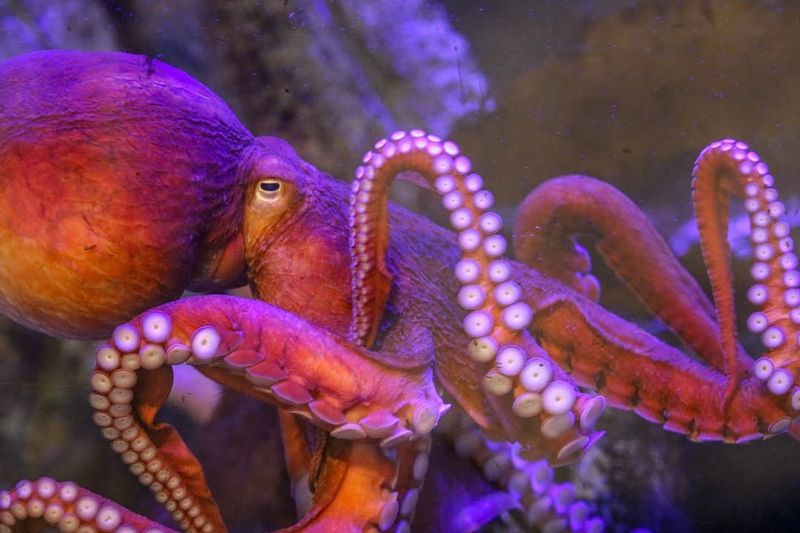
Octopuses are masters of disguise, able to change colors and textures at will. This ability aids in hunting and avoiding predators, making them elusive creatures of the deep.
Their skin contains cells called chromatophores, allowing rapid color changes. This talent is not only for blending in but also for communication and signaling alarm.


